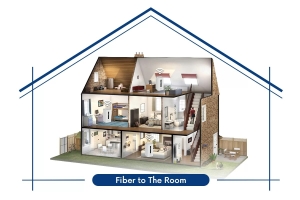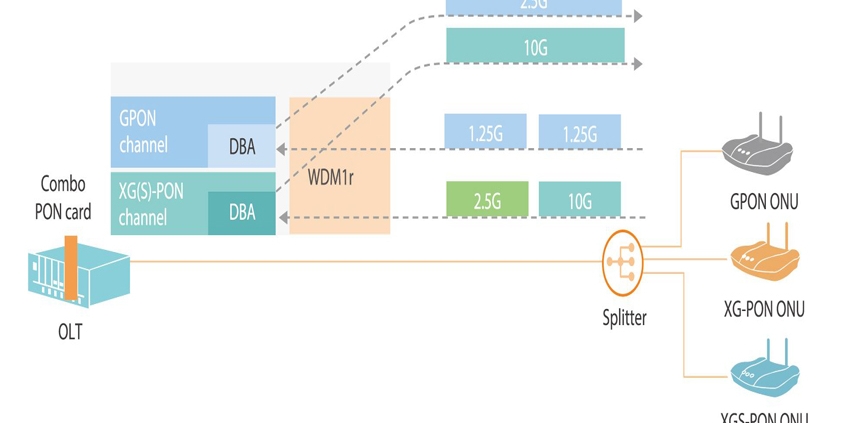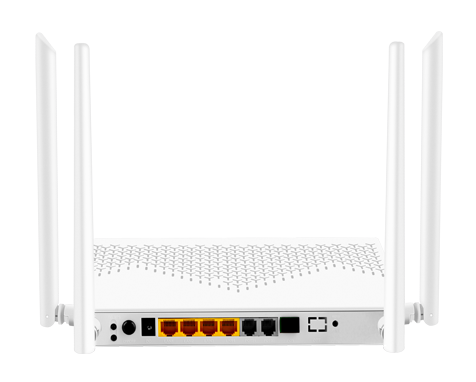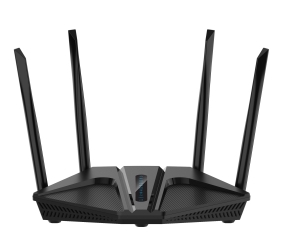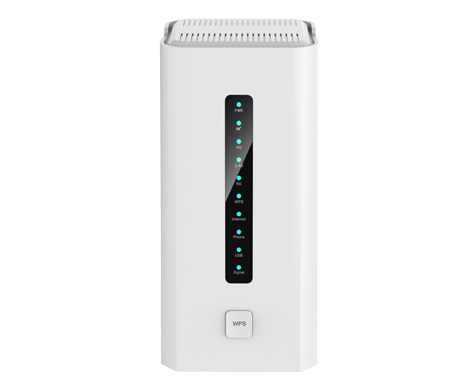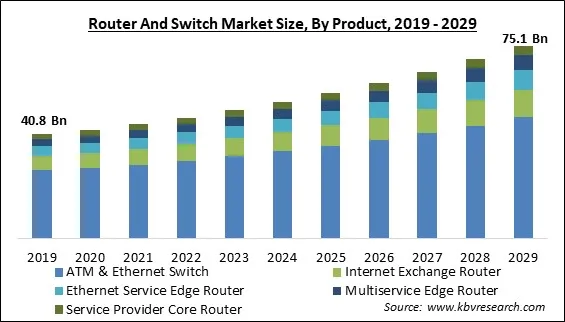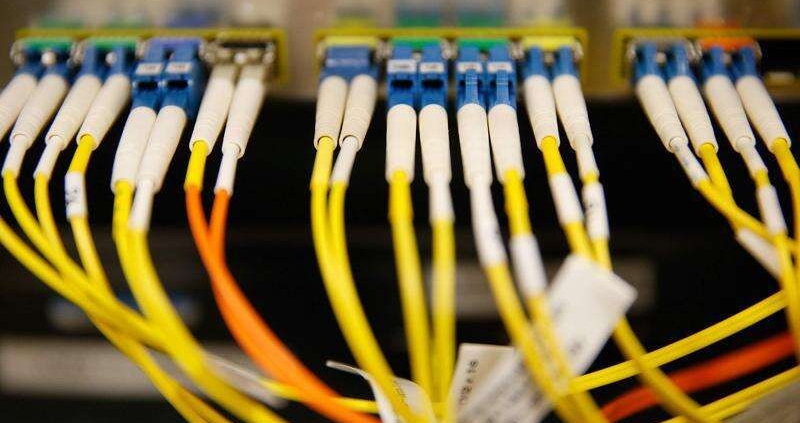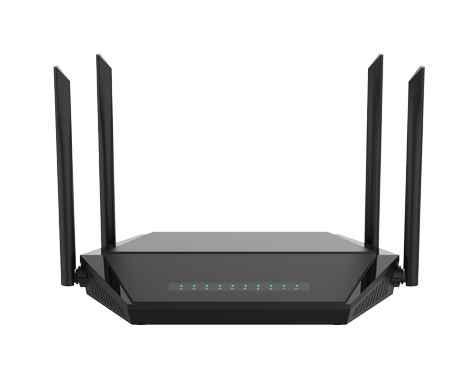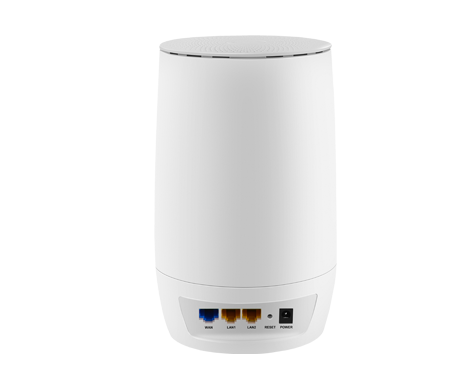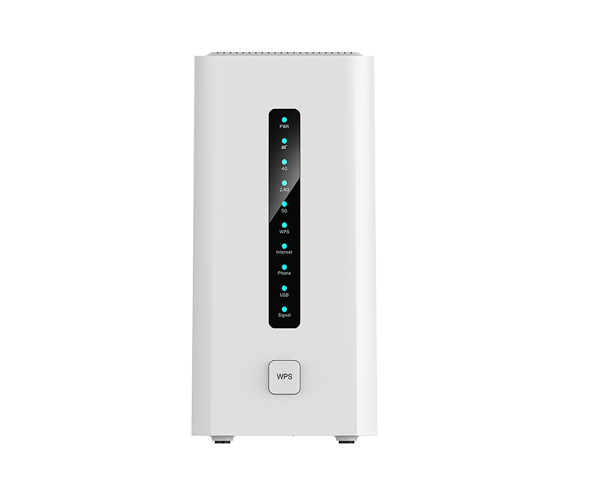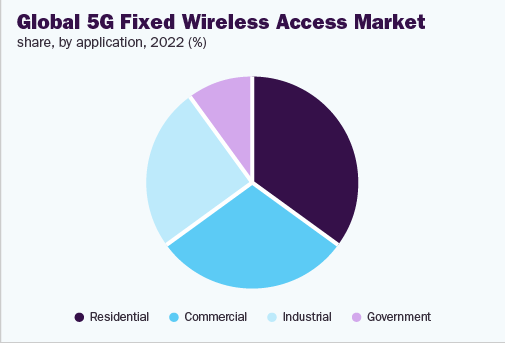In today’s fast-paced world, staying connected while traveling is no longer a luxury—it’s a necessity. Whether exploring hidden gems in Europe or lounging on a beach in the Caribbean, reliable internet access can make all the difference. That’s where the 4G/5G MiFi router comes into play. This compact device transforms your travel experience by providing secure, high-speed internet at your fingertips. Forget about hunting for Wi-Fi hotspots or relying on spotty connections; with a MiFi router in your travel kit, you’re always just a click away from sharing memories, navigating new cities, or working remotely from anywhere. Let’s dive deeper into why this little gadget should be essential to your adventures!
What is a MiFi Router, and How Does It Work?
A MiFi router is a portable device that offers wireless internet access to multiple users. It connects to a mobile network, allowing you to share your connection with smartphones, laptops, and tablets.
At its core, a MiFi router functions similarly to a traditional Wi-Fi hotspot but in a compact form. You can slip it into your pocket or bag easily. This makes it travel-friendly and convenient for on-the-go connectivity.
When powered on, the MiFi scans for available cellular signals from nearby towers. Once connected, it creates a secure Wi-Fi network within range—typically up to 30 feet away.
Users can join this private network using their credentials without cables or bulky equipment. With 4G/5G technology, these routers deliver high-speed internet even in remote locations where traditional broadband may not be accessible.
Advantages of Having a MiFi Router in Your Travel Kit
Having a 4G/5G MiFi router in your travel kit unlocks seamless connectivity. Whether you’re exploring urban jungles or remote landscapes, reliable internet access becomes a reality. With a MiFi router, you can share your connection with multiple devices. Friends and family can stay connected without relying on public Wi-Fi networks. This means more convenience and less risk of data breaches.
Another significant advantage is flexibility. You’re not tethered to specific locations for internet access. Work from a beach, upload vacation photos in real time or stream your favorite shows wherever you are.
Moreover, many MiFi routers come with long-lasting batteries, ensuring you remain connected throughout the day without scrambling for power outlets. This portability enhances spontaneity during travels as you discover new places while staying online.
The Evolution of MiFi Technology: From 3G to 5G
The journey of MiFi technology has been nothing short of remarkable. It began with 3G, which offered a basic level of connectivity suitable for simple browsing and email. Users appreciated the convenience but often needed more speed and reliability.
As technology advanced, 4G emerged, transforming user experiences. The boost in speed allowed for seamless video streaming and large file downloads, and travelers found themselves more connected than ever, even in remote locations.
Now, we stand at the threshold of 5G technology. This latest iteration promises lightning-fast speeds and minimal latency. Imagine downloading entire movies within seconds or engaging in high-definition video calls without interruption.
MiFi devices have become smaller yet more powerful with each evolution, offering portability alongside robust performance. As we embrace this new era of connectivity, it’s exciting to think about what lies ahead for mobile internet users around the globe.
How to Set Up and Use Your MiFi Router
Setting up your 4G/5G MiFi router is straightforward. If it’s not pre-installed, insert a SIM card from your mobile carrier.
Next, power on the device using the dedicated button or switch. Please wait a few minutes while it connects to the network; you’ll see indicator lights confirming a successful connection.
Now, access the Wi-Fi settings on your devices—laptops, smartphones, or tablets. Look for the SSID name corresponding to your MiFi router and enter the password on its back or within its manual.
Once connected, you can enjoy seamless internet access wherever you are. For advanced options like security protocols and data monitoring, you can adjust settings via an admin interface accessed through a web browser. With everything set up correctly, you’re ready to explore new destinations without missing out on connectivity!
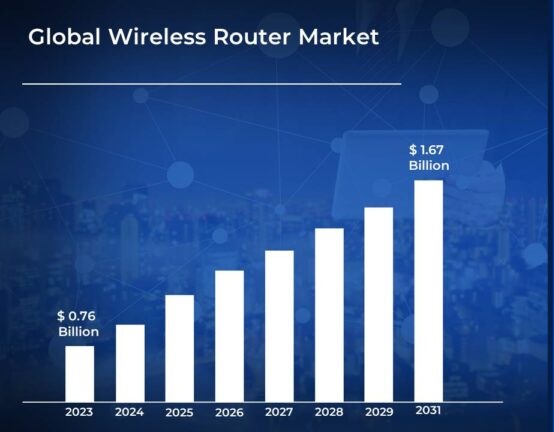
Global Wireless Router Market Size Forecast 2023-2031
As the global wireless market continues to surge, propelled by technological advancements and an insatiable demand for connectivity, the forecast from 2023 to 2031 reveals transformative trends set to reshape how we experience mobile internet. The rapid adoption of devices like the “4G/5G Mifi Router” stands at the forefront of this evolution, offering users seamless access to high-speed internet. With its ability to connect multiple devices simultaneously while harnessing cutting-edge network capabilities, the 4G/5G Mifi Router caters to individual consumers and empowers businesses and remote workers seeking reliable broadband solutions.
As urban areas expand and rural connections improve, analysts predict a significant uptick in consumer reliance on portable hotspots and enterprise investments targeting enhanced wireless infrastructure. Innovations within mobile broadband will likely drive competition among service providers and stimulate further development in router technologies designed for optimum performance across diverse usage scenarios.
Conclusion: Why Investing in a MiFi Router Will Enhance Your Travel Experience
A 4G/5G MiFi router in your travel kit can make all the difference. It transforms how you stay connected, allowing for seamless communication and instant access to information wherever you are. Whether you’re working remotely from a beach resort or sharing vacation photos with family mid-adventure, the convenience of reliable internet is invaluable.
The versatility offered by a MiFi router enhances personal leisure and professional productivity on the go. With high-speed connectivity, you can manage tasks efficiently without worrying about finding Wi-Fi hotspots or incurring excessive roaming charges.
Investing in this technology means embracing freedom and flexibility while traveling. You gain peace of mind knowing that regardless of where your journey takes you, you’ll have secure internet access, making it easier to navigate new places, book accommodations at the last minute, or keep up with loved one’s back home.
A 4G/5G MiFi router is an essential tool for any modern traveler looking to enhance their experience. The benefits far outweigh the investment, considering how much more enjoyable and productive your travels can be with constant connectivity at hand.




